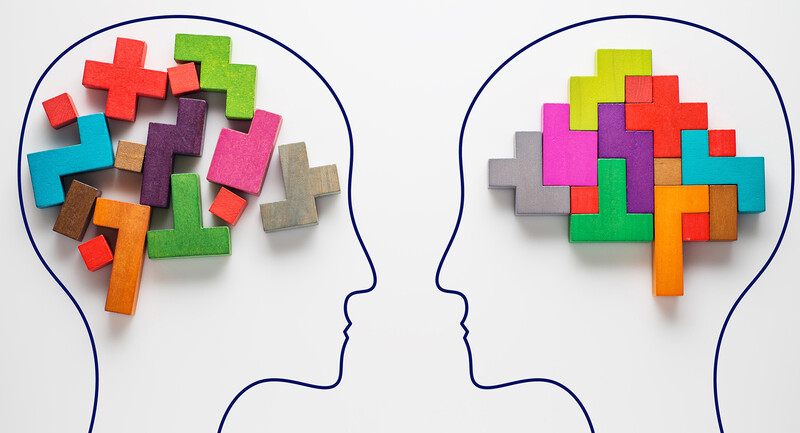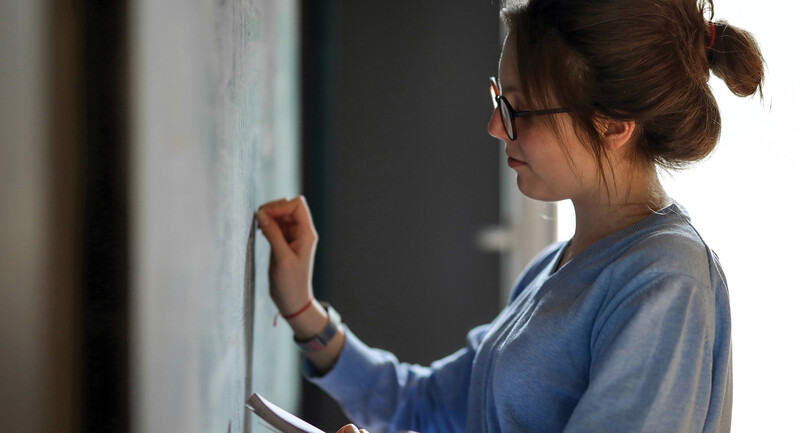Normalize the Hard Stuff
Normalizing when we are wrong or don’t know something is a skill we can model. When I was superintendent, a high school principal said to me that “accountability is hard and scary,” yet this same person would be first in an expulsion or disciplinary meeting to expect youth to admit they are wrong. When asked how he can expect students to do what he himself struggles with, he realized kids do what they see much more than what we tell them. Let’s model how to apologize, take responsibility, admit what we don’t know, and forgive each other. When kids see us doing the hard stuff, they will follow suit.
—Shelley Jones-Holt, founder and CEO, Leadership Legacy Consulting, LLC, Belleville, Michigan
Build a Nurturing Classroom
In my Grade 3 classroom, I establish a nurturing atmosphere that is crucial for students’ well-being and their ability to thrive in our school. Some of the methods I use include: building personal connections with students from the start of the school year, using a “mood-meter check-in” tool to help students express their feelings, taking brain breaks to reeinergize students and provide them with opportunities for movement and relaxation, practicing mindful breathing exercises to manage emotions, gathering for circle time where students suggest topics they’d like to discuss or celebrate, and providing a calm corner to aid in self-regulation. A mentally and emotionally safe learning environment is paramount to supporting well-being and academic success. Through these strategies, I aim to empower my Grade 3 students to manage their emotions, communicate their feelings, and thrive in a supportive and nurturing classroom.
—Iyabo Tinubu, homeroom teacher and DEIJ lead, Berlin International School, Berlin, Germany
Mix It Up
When we greet students at the door and organize them into random groups of three to start each class, we foster connections between students, dismantle barriers related to equity and social status, and provide them with opportunities to cultivate empathy. This approach, a core teaching move in Peter Liljedahl’s Thinking Classroom framework, can be done with a deck of cards, random name generators, and other tools. Students not only know the names of all their peers, but they know something personal about each of them. This strategy has created opportunities to see different ways of learning and assume different roles within a group each day. In feedback we have received from students, they have said this is the reason they have friends and feel cared for in the classroom.
—Matt Anderton, vice principal, Waterloo Catholic District School Board, Cambridge, Ontario
Take a Multilayered Approach
Mason City Schools is empowering students to advocate for the mental health of their peers and themselves. At the classroom level, our teachers do an exceptional job fostering classroom communities that support all. Additionally, Mason has established a continuum of services for students, including school counselors, prevention and wellness staff, and mental health therapists. Supporting the mental and emotional needs of students requires a multilayered approach, with everyone working toward the common goal of creating a nurturing environment for all.
—TJ Glassmeyer, learner well-being and supports supervisor, Mason City Schools, Mason, Ohio
Maximizing Support Through Leadership
A strategy that’s proven effective in supporting students’ mental well-being and promoting emotional safety is a weekly meeting, as simple as it may sound. Every week our deans, counselors, school social worker, school psychologist, staffing specialist, APs, and myself (principal) gather around a table to discuss student well-being on campus. We go grade by grade and then name by name to discuss students who may need support, who in the room is the best person to support them, and what that support looks like. We iron out parent and teacher communication and then determine what the follow-up looks like to ensure we’re taking the right steps and making progress. At the beginning of the following week’s meeting, we start with the follow-up from the previous meeting. By organizing ourselves, we’ve been able to support more students more effectively. When school leaders have systems to prioritize mental health, then and only then can our resources and time align to maximize student support.
—Joshua Bing, principal, Conway Middle School, Conway, Florida
Make Physical Space for Emotional Safety
Transitioning from middle school to high school can be a daunting experience for students. Singapore American School creates 9th grade learning communities, which are in a dedicated physical space in the high school to support emotional well-being, foster community, and promote student agency through self-directed learning experiences. With an average freshman class of 320 students, these smaller communities within the 9th-grade experience help students feel connected, known, and cared for.
—Bianca Neri, teacher and PLC coach, Singapore American School, Singapore
Activate Community Resources
Recognizing an increasing need for mental health supports and a scarcity of providers in rural and underserved communities, I partnered with professors at Kennesaw State University to develop a School Based Mental Health Professional Pipeline to support rural and underserved communities across the state of Georgia. The specialized school-based clinical curriculum includes training in intercultural competency, interprofessional collaboration, clinical social work practice in schools, and working with children who have been abused or neglected and are experiencing emotional challenges. Additionally, training is provided in community resiliency, mental health first aid, and trauma-informed, school-based practice modalities. Teachers and other staff in partner schools receive specialized training in culturally responsive trauma-informed practices. The program is currently serving five school districts across the State of Georgia.
—Lateshia Woodley, CEO/Lead Dream Builder, Dynamic Achievement Solutions, LLC, Kennesaw State University, Atlanta, Georgia









